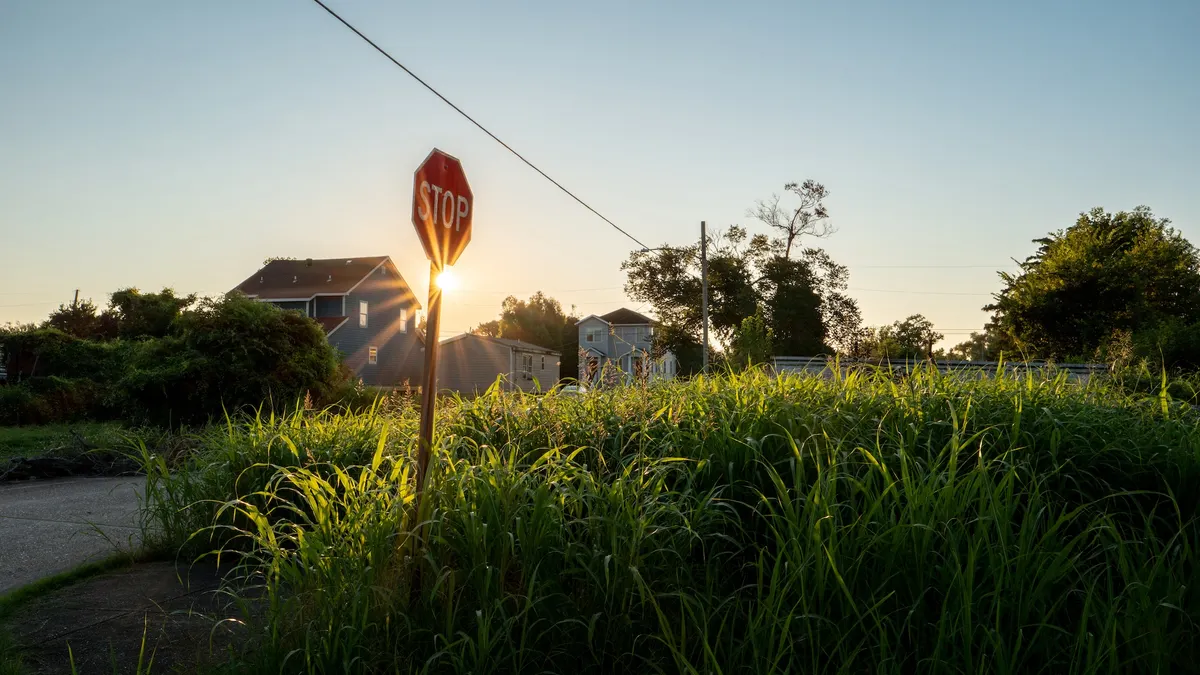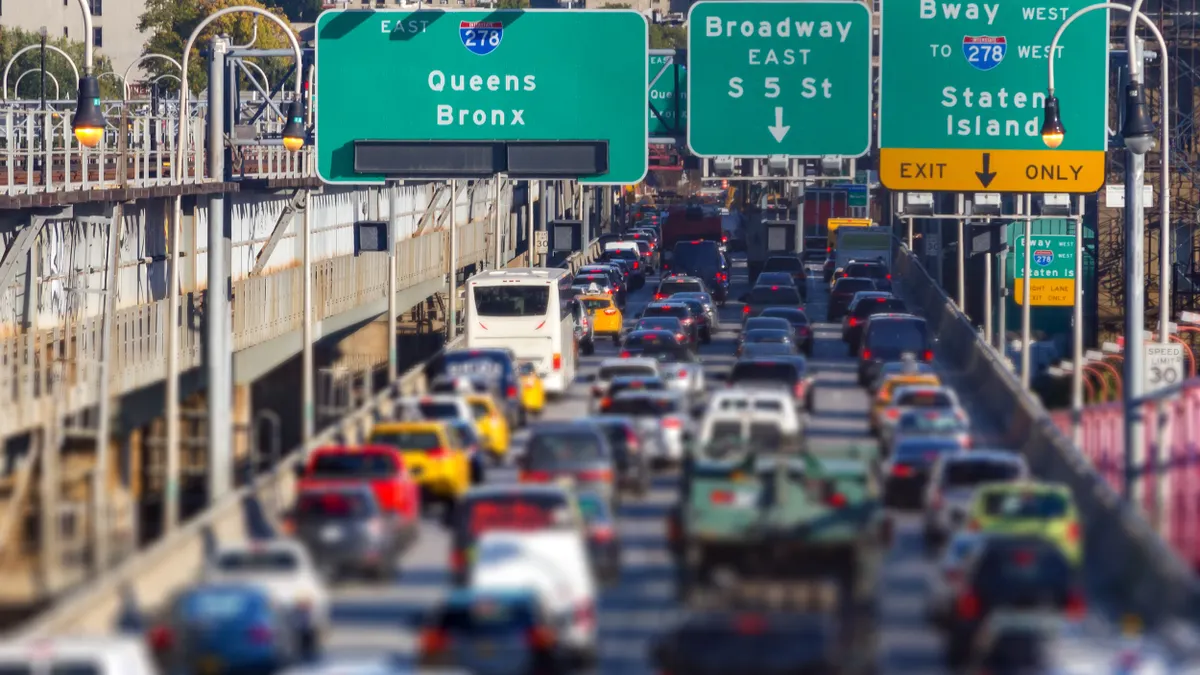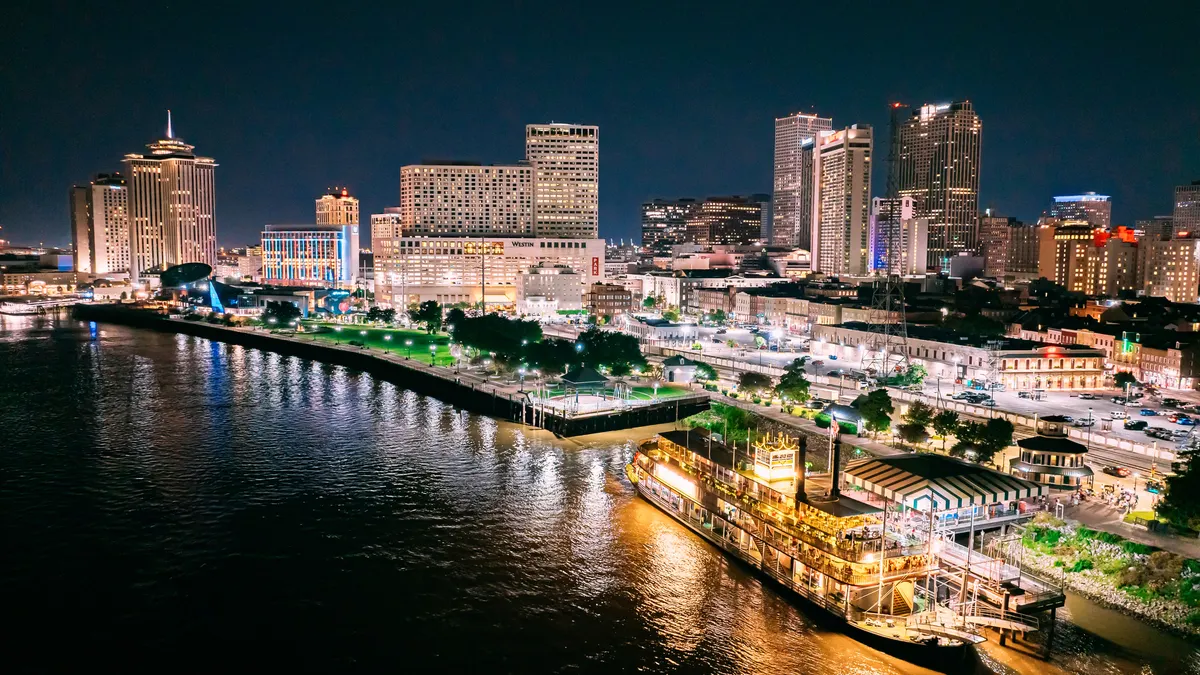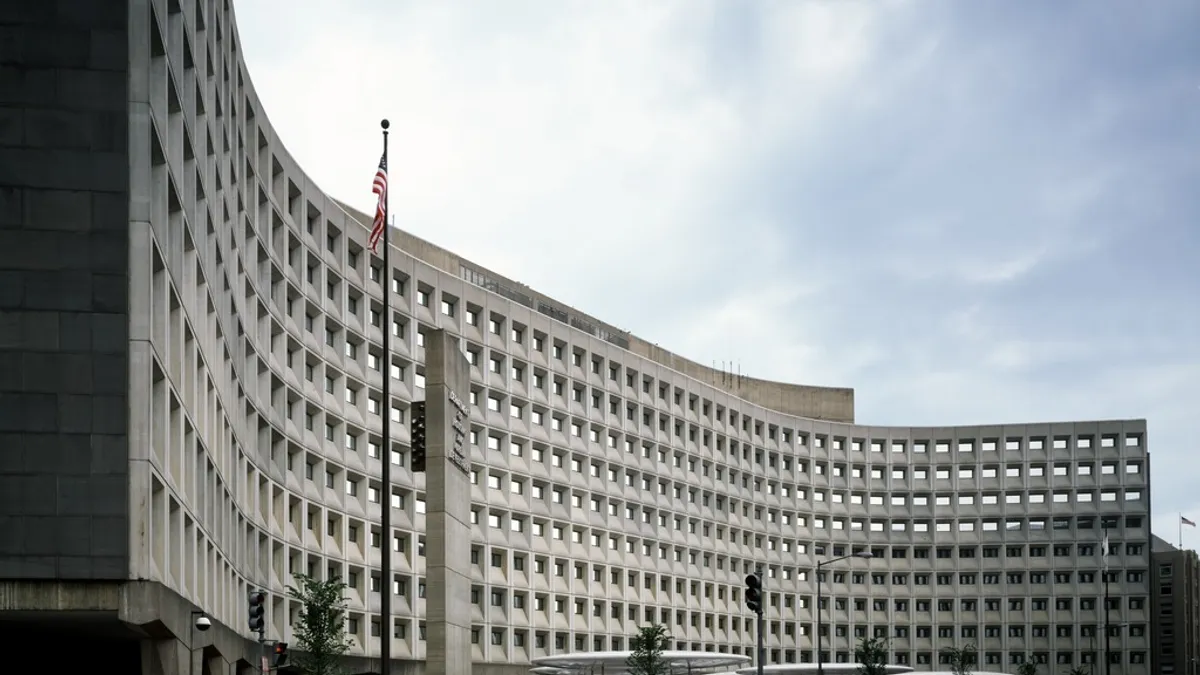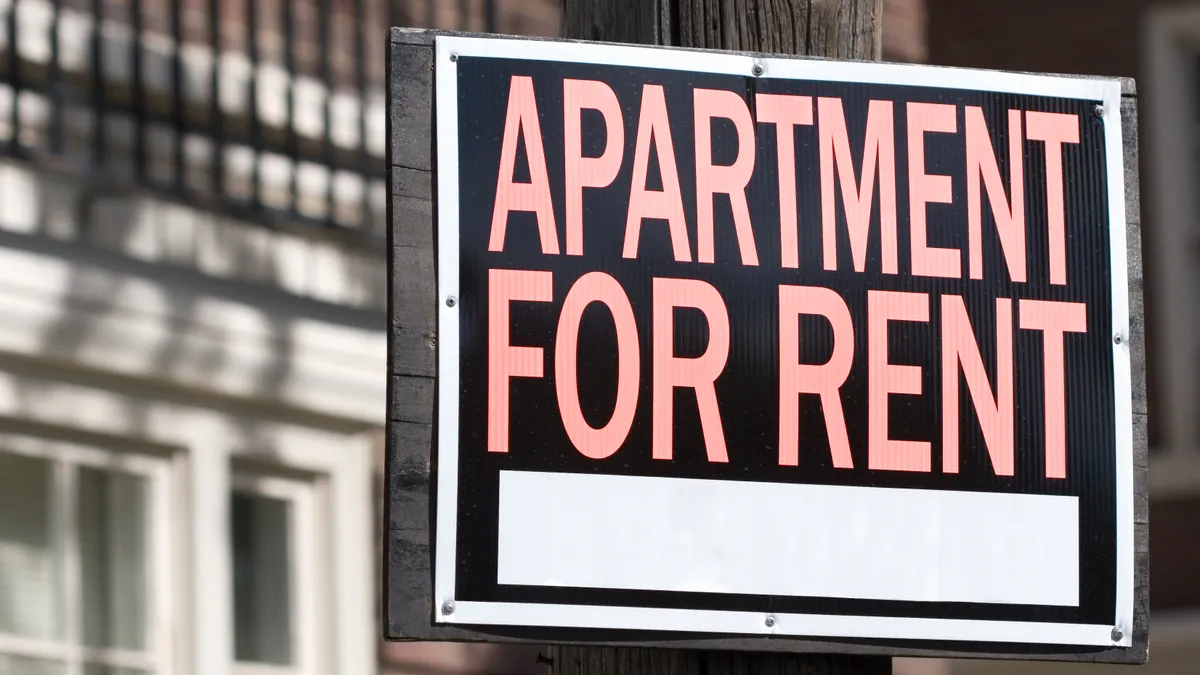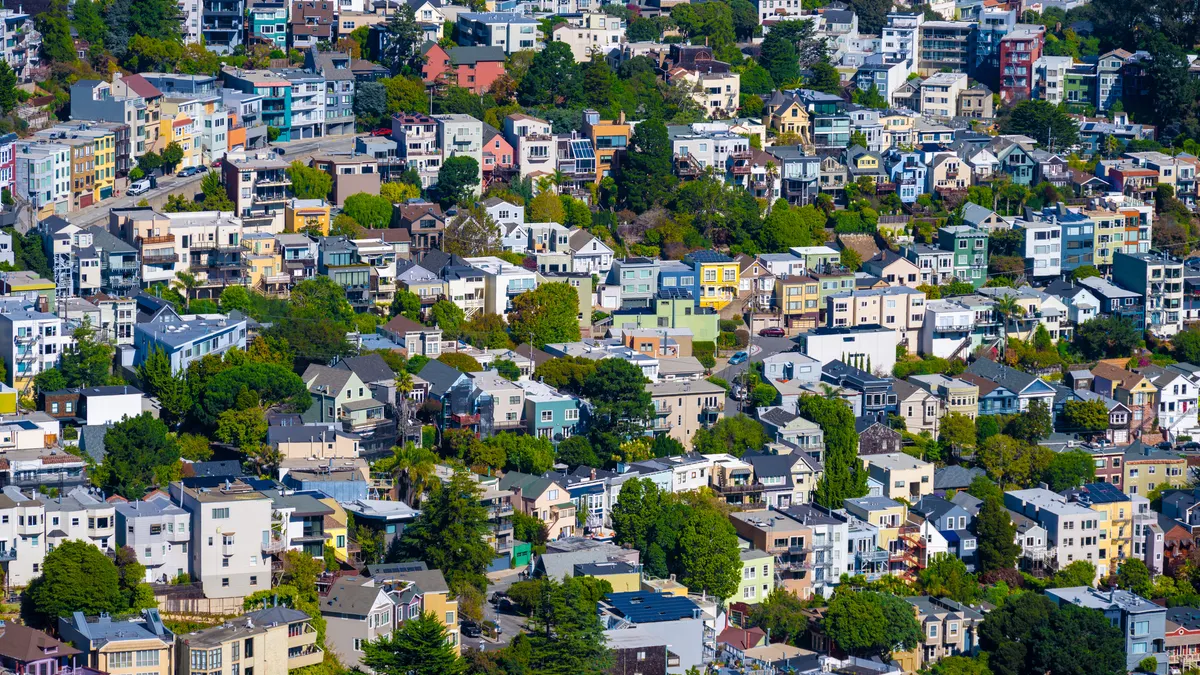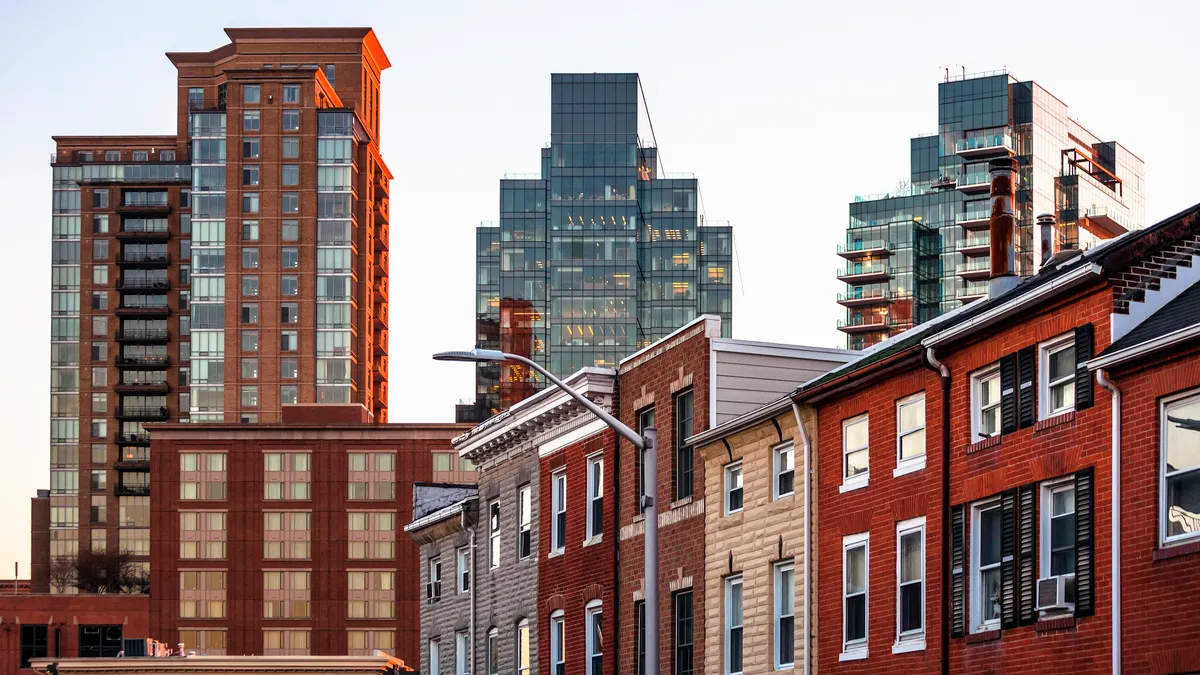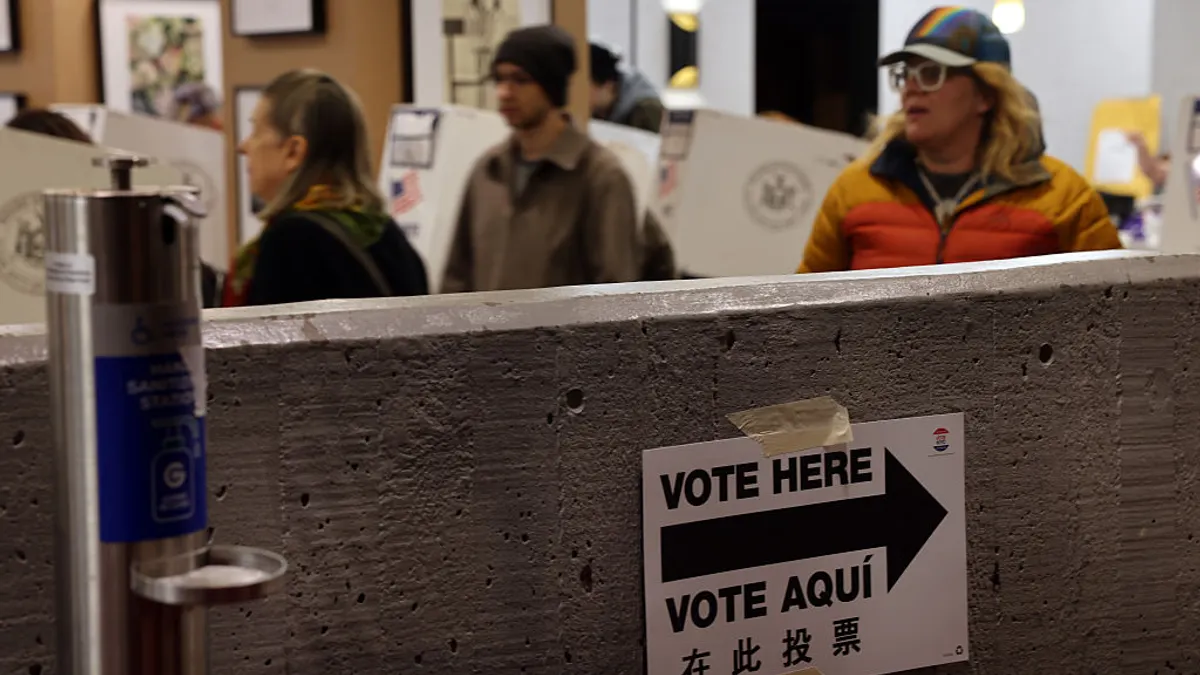When Hurricane Katrina flooded 80% of New Orleans, an estimated 134,000 occupied housing units were damaged. That represented roughly 70% of all occupied housing units in the city.
Hurricanes have long been “a way of life” in New Orleans, said Andreanecia Morris, executive director of HousingNOLA. But when the levees broke on Aug. 29, 2005, New Orleans wasn’t ready, she said.
Twenty years later, Morris considers the city a “canary in a coal mine” for other communities — not just for climate-related disaster response and racial disparities, but also for the housing affordability crisis. Morris hopes they’re paying attention.
The brewing storm before Katrina
New Orleans had a housing crisis before Hurricane Katrina reshaped the city.
Two-thirds of extremely-low-income households were cost-burdened, with residents paying more than 30% of their income toward housing, according to the 2000 census. Less than half of households in the city owned their homes, compared with two-thirds of all households in the state and across the U.S., according to the United Nations Office for Disaster Risk Reduction.
Then, Katrina hit the poorest neighborhoods hardest, erasing most of the high-poverty census tracts, according to the UN.
As the floodwaters receded, they were replaced by big promises.
“We'll not just rebuild,” then-President George W. Bush told the nation on Sept. 15, 2005, “we'll build higher and better.”
But many of those who were displaced never returned, with housing affordability cited as a major factor. And 20 years later, housing affordability in the state continues to worsen.
“I would say that we are not better off than we were before Katrina, even though millions, if not billions, were invested into New Orleans,” said Marjorianna Willman, executive director of the Housing Authority of New Orleans.
‘A plan that wasn’t really a plan’
From the rubble left in Hurricane Katrina’s wake rose the Green Dot Plan, a redevelopment strategy created with the aid of the Urban Land Institute. The plan recommended abandoning low-lying areas of the city that were more susceptible to flooding, such as the Lower Ninth Ward.
“That went over like a lead balloon,” said William Stoudt, executive director of Rebuilding Together New Orleans, which helped restore more than 1,000 houses damaged by Katrina. “It was a plan that wasn’t really a plan.”
After that proposal died, a cohesive building plan never arose to replace it, said Stoudt. In the race to restore housing, redevelopment in the city felt more like “build whatever you want wherever you can,” he said.
“We let the horse out of the barn,” he said.
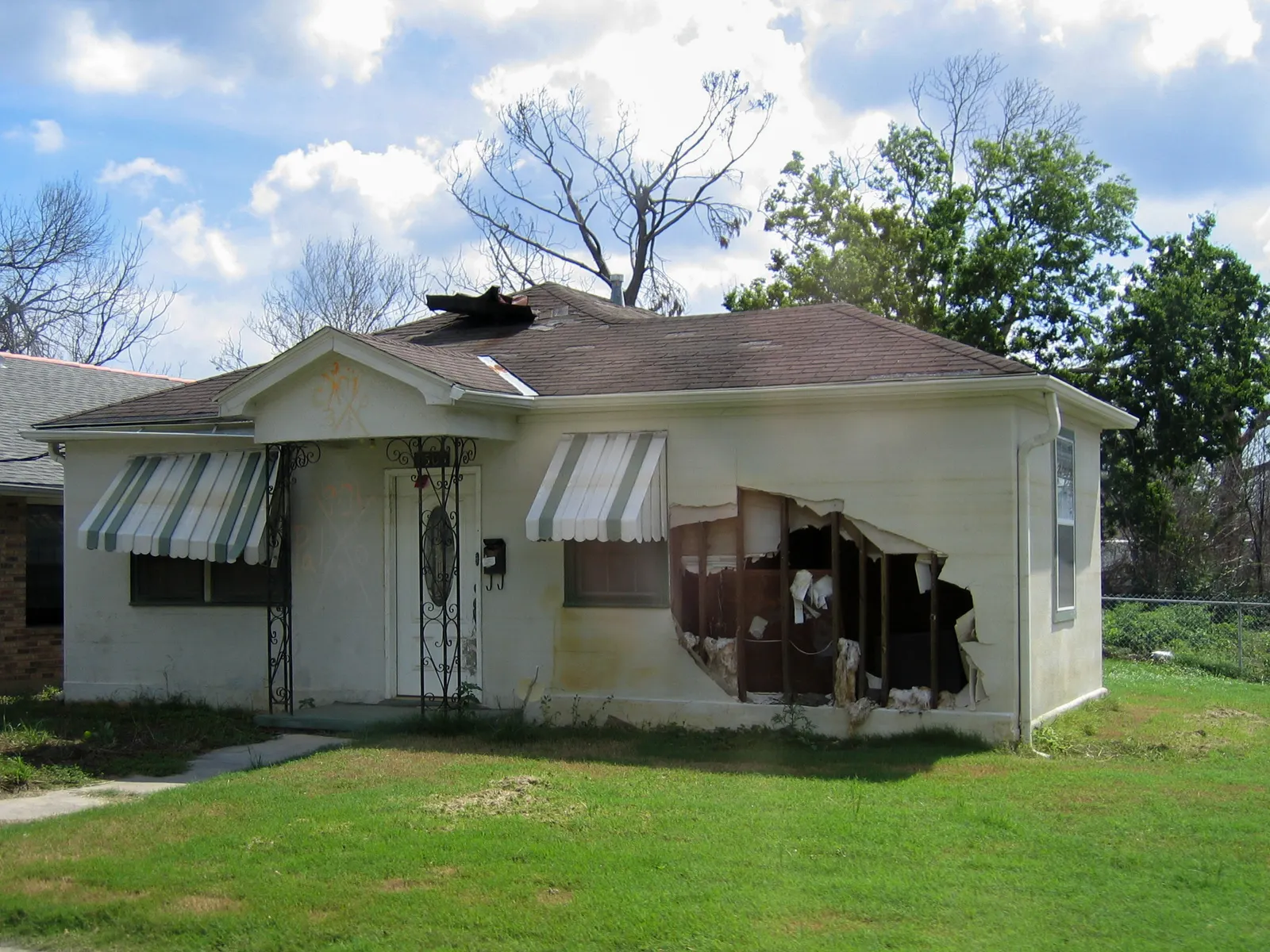
Billions of federal dollars poured into the city. Louisiana used $10.5 billion of a community development block grant from the Department of Housing and Urban Development to create The Road Home Program. Administered by the Louisiana Recovery Authority, the program, designed to assist with home repairs for returning residents, was the largest of its kind in U.S. history, ProPublica reported.
The program became widely criticized for calculating grants for homeowners based on a house’s value before the storm, making it harder for poorer neighborhoods to build back compared with more affluent neighborhoods.
The result was faster development in wealthier areas, while damaged low-income housing languished.
“Ultimately, you saw some neighborhoods really accelerate in their progress and become much less affordable,” said Stoudt.
The Road Home program ended in 2023 with the state dropping myriad lawsuits against people accused of misspending the funds.
Rising home prices
Housing in New Orleans was gobbled up by transplants moving into the city, and affordable housing options were pushed further and further out of reach after Katrina, HousingNOLA’s Morris said. Culturally significant buildings that had once housed multiple families were bought and turned into single-family homes, she added, reducing the overall housing stock.
Today, the median sales price for all home types in New Orleans is $335,000, according to Redfin. That price is up nearly 10% compared with last year, putting New Orleans among the 10 cities with the fastest-growing home sales prices in the U.S.
As of 2024, the number of severely cost-burdened renters in New Orleans was 34%, up from 24% in 2004, according to The Data Center.
The 2020 census estimated 193,840 total housing units in New Orleans, nearly 10% less than the 215,091 tallied at the start of the millennium.
HousingNOLA estimates New Orleans needs to add 55,000 affordable rental units to its current supply to properly house its residents. Between 2023 and 2024, the city added 200 such units. HousingNOLA grades the city’s housing efforts each year. Its latest report awarded the city its sixth consecutive F.
“New Orleans is in trouble, and it’s been in trouble for quite some time,” Morris wrote in the organization’s 2024 housing report.
Gentrification and a declining population
Immediately after Katrina, the city’s population was more than halved. It sprang back to 79% of its 2000 population by 2014 but never returned to 2000 levels. Its demographics also shifted: 67% of the city’s residents identified as Black before Katrina, compared with 56% in 2024.
The Bywater neighborhood in the Lower Ninth Ward is a prime example of the gentrification that has occurred in the city in the 20 years since Katrina, according to Morris.
“It was a working-class neighborhood with artists and musicians — the people who literally made New Orleans New Orleans,” she said. Today, its median home sales price is $517,500, according to realtor.com, a more than 60% surge from $315,000 in 2017.
The Lakeview neighborhood is another place where so-called McMansions have been built in place of what had been more affordable housing, according to Stoudt.
In recent years, the population in New Orleans has been on a steady decline, falling at a rate of 1.78% per year, according to the World Population Review. Many have attributed the declines to insurance and housing costs.
“We don’t want that trend to continue,” Willman said.
Vacancies and opportunities
Even with the shortage of affordable housing, vacancy rates in New Orleans are among the highest in the country, reaching more than 20% in 2022.
“There are lots of vacant, blighted properties,” Willman said. “I think there's an opportunity to bring those properties back into commerce, but it's going to require help on every level,” federal, state and local.
HousingNOLA’s Morris said as many as 10,000 of those roughly 40,000 vacant homes are occupiable, but the cost to repair them is too high for their owners.
“People aren’t able to pay their property taxes,” she said, adding that high mortgage rates and soaring housing insurance costs have added to the financial burden of housing in New Orleans.
The average U.S. home insurance premium in 2024 was $3,259; in Louisiana, it was $10,964 — with a 27% increase expected by the end of 2025, a recent analysis found.
Repairing vacant homes remains an untapped opportunity for the city.
“It is so much cheaper to maintain a housing unit and not lose it to blight … and so the [return on investment] on a home repair is so much more significant,” Stoudt said.
Carving a path forward
Although the promises to rebuild have not come to fruition for many in New Orleans, incremental progress in expanding affordable housing has been made in recent years as the city has begun taking a more “holistic approach,” said Willman.
In 2019, the city adopted a mandatory inclusionary zoning law, requiring developers to include affordable housing in projects in multiple neighborhoods.
Last year, voters approved a Housing Trust Fund that allocates at least 2% of the city’s annual budget for affordable housing projects. The fund is expected to bring in around $17 million a year for local affordable housing.
More uncertainty lies ahead, however, as the Trump administration eyes cuts to federal housing aid.
HANO relies on programs like Section 8, which provides federal rent vouchers to low-income residents, Willman said. She would like to see a state voucher system put in place to help with housing. She said some people whom HANO serves work two or three jobs and still struggle to make ends meet.
“The issue is their salary just does not provide enough income for them to live off of in New Orleans,” she says.
Morris said she is encouraged by last year’s vote to approve the Housing Trust Fund, something she has advocated for years. But the fight for more equitable housing opportunities, she said, requires more leadership — and much more urgency.
“Otherwise this city, this amazing place, will be lost to us,” she said. “That’s what the stakes are.”



